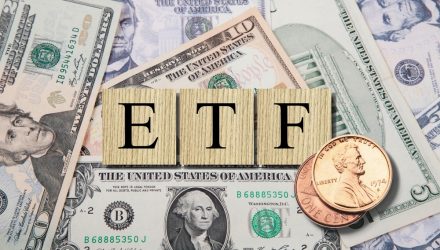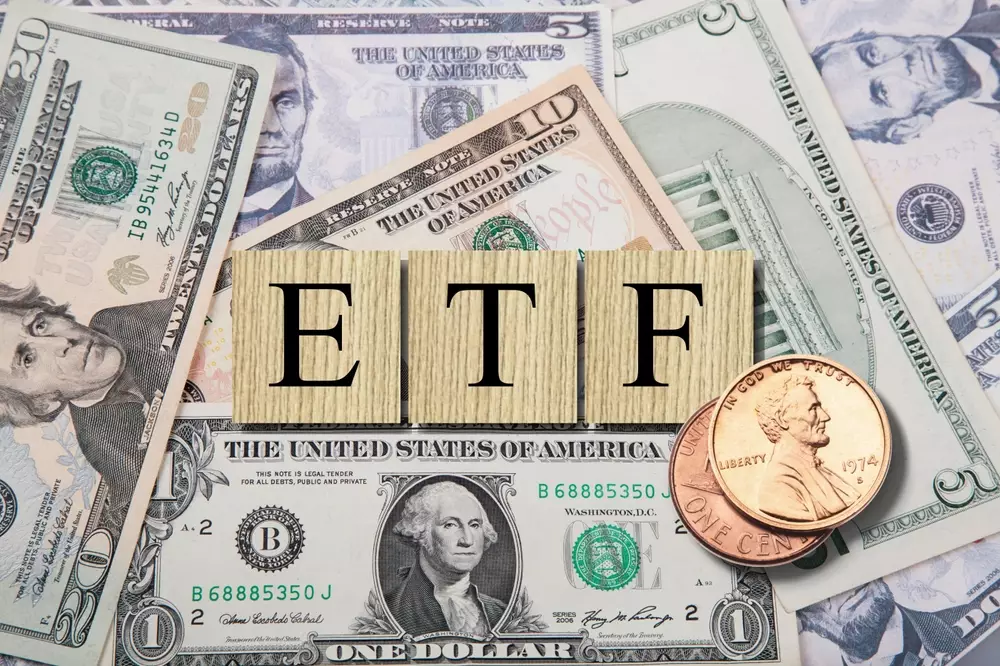
International high dividend exchange traded fund strategies can potentially help investors diversify and generate steady yields.
In the recent webcast, Rates Rising? Time To Go Global With Your High Dividend Strategy, Paul Riccardella, executive director and head of wealth indexed investments coverage at MSCI Inc., highlighted the benefits of the suite of the MSCI High Dividend Yield Indexes, which select companies based on a yield focus, high-quality screens, persistent and sustainable dividends, and yield trap avoidance.
The MSCI high yield indexing methodology follows an objective approach that aims to capture the standard opportunity set and ensure that the indexes have high investability and liquidity. They identify companies with higher dividend yields than the parent index and focus on companies with sustainable, quality yields and consistent dividend growth.
Riccardella noted that high dividend-paying equities have historically offered higher dividend yield compared to their parent benchmarks and reinvested dividends historically contributed significantly to total index returns across regions.
Specifically, Riccardella pointed out that the MSCI HDY methodology screens resulted in a 56% increase in dividend yield, 230 bps increase in return, and 50 bps decrease in risk for the MSCI EAFE High Dividend Yield Index compared to the MSCI EAFE Index. Additionally, the MSCI HDY methodology screens resulted in a 62% increase in dividend yield, 200 bps increase in return, and 80 bps decrease in risk for the MSCI ACWI ex U.S.A. High Dividend Yield Index compared to the MSCI ACWI ex USA Index.
The two dividend-focused indices act as the underlying benchmark for the Deutsche X-trackers MSCI EAFE High Dividend Yield Equity ETF (NYSEArca: HDEF) and the Xtrackers MSCI All World ex-U.S. High Dividend Yield Equity ETF (NYSEArca: HDAW), which can help investors tap into dividend-paying stock opportunities around the world.
Given the current market environment, DWS argued that investors should consider dividend yield-generating strategies to help diversify their income portfolios.
“Bond yields are currently not satisfying investors’ needs for income. Stock dividends, when accessed sensibly, may be a smart alternative.” Sean Edkins, head of ETF strategic partnerships at DWS, said.
Komson Silapachai, partner of research and portfolio strategy at Sage Advisory, also underscored the importance of a dividend equity strategy to help investors better manage portfolio risks and yield generation while improving overall improved risk-adjusted returns over time. For instance, a dividend equity position has exhibited the least yield to volatility ratio when compared to the aggregate bond index or high yield bonds.
As part of a multi-asset income strategy, Silapachai argued that dividend equities are an indispensable part of a well-balanced and diversified income portfolio.
Along with the dividend ETFs, DWS also offers a suite of bond ETF strategies to help diversify a fixed-income portfolio. For instance, DWS has the Xtrackers High Beta High Yield Bond ETF (NYSEArca: HYUP) and the Xtrackers Low Beta High Yield Bond ETF (NYSEArca: HYDW) to help investors reduce or increase the risk they are comfortable with in the high-yield segment. HYUP offers investors access to speculative-grade higher beta bonds, while HYDW provides access to lower beta bonds. The two ETFs combined would mirror the portfolio of the broader Xtrackers USD High Yield Corporate Bond ETF (HYLB).
For those more concerned about interest rate risk, the Xtrackers Short Duration High Yield Bond ETF (NYSEArca: SHYL) goes down the yield curve to cover the speculative-grade debt with shorter durations or lower sensitivities to changes in interest rates.
The Deutsche X-trackers High Yield Corporate Bond – Interest Rate Hedged ETF (Cboe: HYIH) is explicitly designed to keep investors engage with high-yield corporate bonds while mitigating interest rate risk.
Additionally, Xtrackers Municipal Infrastructure Revenue Bond ETF (RVNU) may be another way to diversify a fixed-income portfolio with municipal bond exposure.
Financial advisors who are interested in learning more about high yield-generating strategies can watch the webcast here on demand

